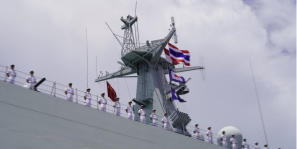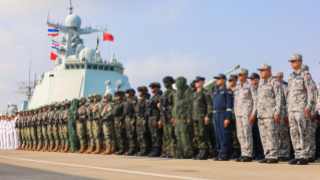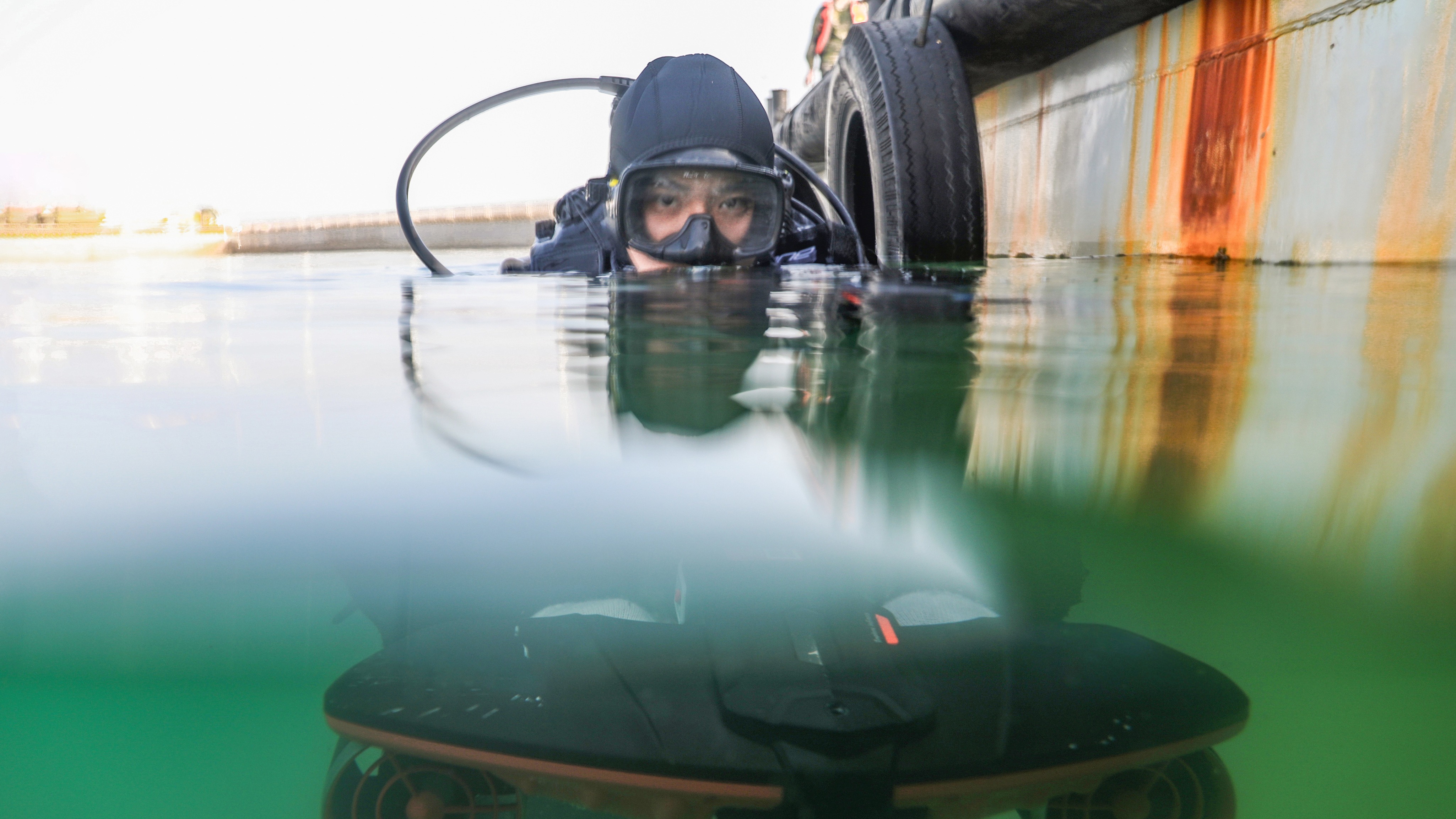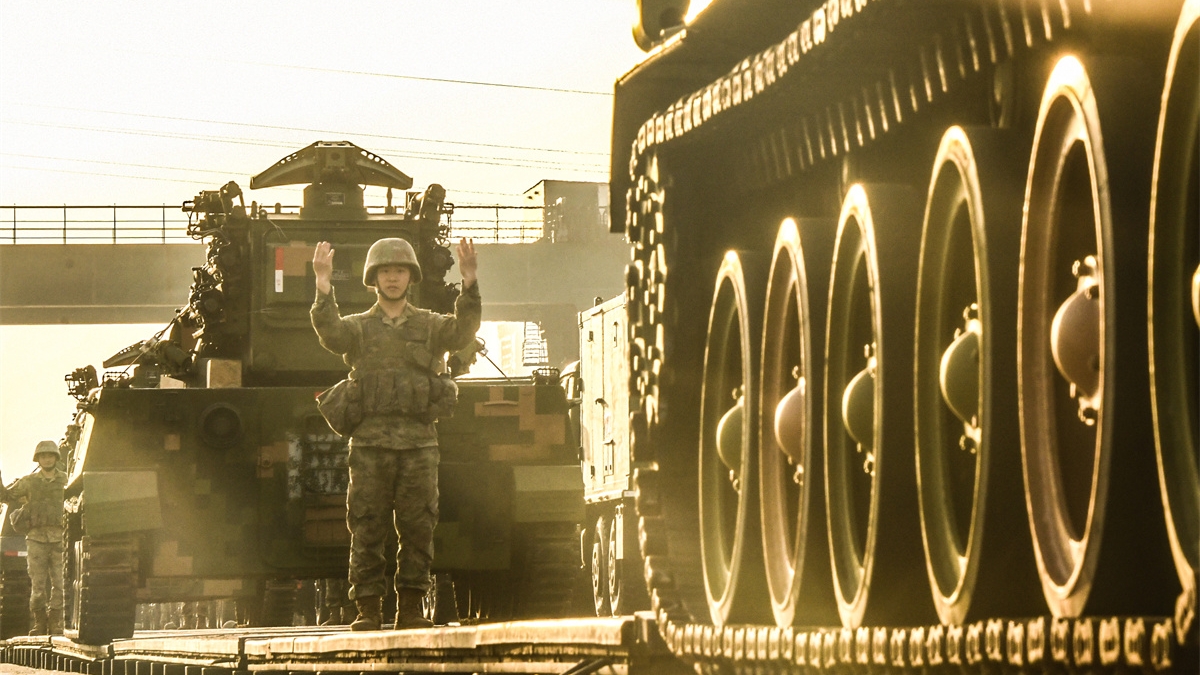
F-35 fighter
By Shen Yehong and Zhao Jingran
An F-35B fighter crashed in a vertical landing at the Naval Air Station Joint Reserve Base in Fort Worth, Texas on December 15, 2022, one of many such accidents for the F-35 family. In January last year, an American F-35C fighter fell into the sea after crashing on the carrier deck; nine months later, an F-35A crashed on the runway. All the three types of F-35 fighters had major accidents over a period of more than a year.
By the end of 2022, Lockheed Martin has delivered more than 800 F-35 fighters to its clients. However, the constant rework and delay on the production line has lead to belated delivery and poorer war-readiness performance. Information from the US Department of Defense revealed more than 800 design flaws in F-35, of which those regarding the engine, ejection seat and body materials have not been solved yet.
Following the crash of F-35B, the Israeli Air Force immediately grounded its more than 10 F-35A fighters to prevent a similar accident, the second such halt since July 2022 when some of the ejection seats couldn’t function normally – the same seats are used onboard the recently crashing F-35B. They were developed and produced by Martin-Baker, a British company.
For cost-effectiveness, the F-35 is jointly developed by several countries, each providing some of the parts and components. For instance, in the global supply chain of F-35, Italy is responsible for producing the titanium alloy body frame, and Britain’s Rolls Royce is responsible for the lift fan on the belly. Such a cooperative mode, though good for lowering the R&D cost, doesn’t put strict control over the quality of fighter parts due to the lack of unified manufacturing standards, and can easily cause quality problems.
In the meantime, the US is being unfair with its buyers. The selling price of F-35 is only US$80 million in the contract signed between Lockheed Martin and the US military, but it’s US$100 million when sold to other countries, plus the unfair term that the buyers shall not buy Russian equipment.
As a matter of fact, the selling price takes up only a small portion of the total expenses spent on the Gen-V fighter, while routine repair and maintenance, use of parts and components, and operation of relevant facilities cost much more than the price of the fighter per se. Statistics show that an F-35 fighter can cost up to US$600 million throughout its service life. Besides, it may malfunction owing to the different climates and environments around the world, with its coating peeling, battery going dead because of low temperature, and so on.
While helping its military enterprises obtain large orders, the US government is suspected of stealing military secrets from other countries under the disguise of data sharing. Many F-35 buyers have found that the electronic devices fitted on the aircraft automatically transmit the user data back to the US, which the seller claimed is to access necessary data to improve the fighter’s performance.
The so-called “technical support” Washington claims to provide is almost always a disguise over its pursuit of selfish interests, and domination in the world arms trade market. At the beginning of the 21st century, Japan planned to develop its own F-3 fighter independently, but was arm-twisted to scrap the program and buy Uncle Sam’s F-35. Similarly, after Israel successfully tested its Lavi Fighter, the US, worried that the fighter’s mass production would affect the sales of F-16, immediately stopped its capital and technical assistance to Israel, forcing it to abort the program.
Selling F-35 all over the world has lined Lockheed Martin’s pocket, but its handling of the numerous technical and design flaws with the fighter is inefficient. Should this go on, grounding the fighter will not only discredit the manufacturer but will also undermine the future sales of the product.









